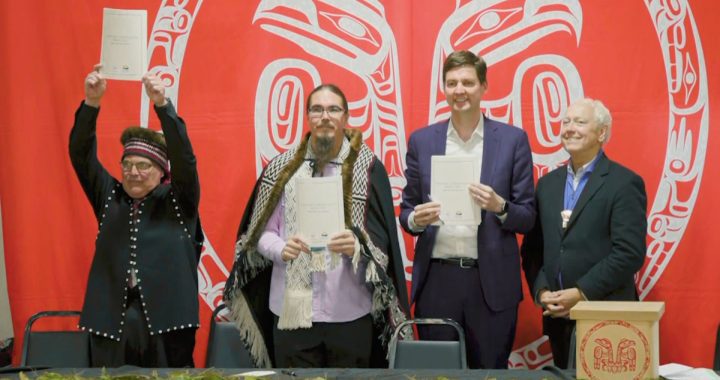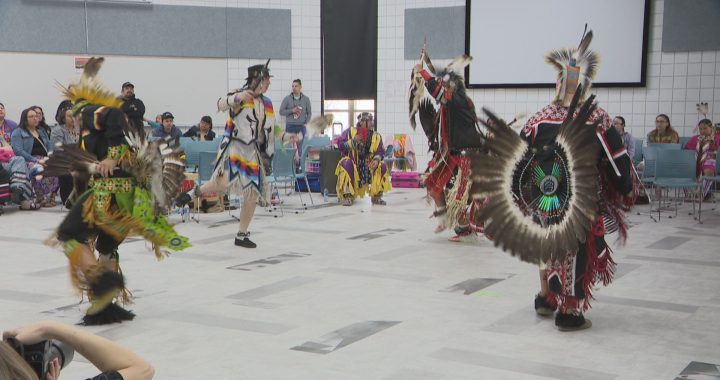
George Sutherland pleaded guilty on Oct. 5, 2022 to murdering two Toronto women nearly 40 years ago. Photo: Facebook
Warning: This story contains disturbing information.
When her smartphone’s call display showed “Police-Homicide”, Jackie Hookimaw Witt got scared. It was during the pandemic and she was living with a relative while locked down in Toronto.
“I thought, ‘Oh my God. Why am I getting a phone call?’ I said, ‘Is this a scam?’”
After verifying the detective’s identity, Hookimaw Witt learned Toronto Police and Ontario Provincial Police were trying to trace suspects in two historical murders who had connections to her home First Nation of Attawapiskat.
Susan Tice, 45, and Erin Gilmour, 22, were sexually assaulted and stabbed to death after separate home invasions in 1983.
The women were not known to each other or the killer, said police, and were murdered four months apart.
James Bay
DNA retrieved at one crime scene belonged to a member of the Sutherland family, a Cree family with roots on the west side of James Bay in northern Ontario. The family had five boys.
Police linked the cases in 2000, but that’s as far as DNA at the time would take it.
Then scientific advancement in DNA and the use of an online family tree website provided a breakthrough.
“We were able to use investigative genetic genealogy to narrow down a suspect family,” said lead detective Sgt. Stephen Smith at a Toronto news conference. “From there we were able to narrow down a suspect who is under arrest.”
Hookimaw Witt said police obtained her phone number from packages that were being delivered to the house she was staying at in Toronto. She said they wanted to speak to the person she was living with.

“Then I got scared because I thought what’s going on?” she told APTN News in a telephone interview. “Is [it] my relatives? Are they in danger?
“So I just cooperated because I wanted to know what was going on for the safety of my family. Because why would a crime unit phone?”
Once police filled her in, Hookimaw Witt wanted to use her ties in the Indigenous community to help.
“I knew [the suspect] and that he lived in Toronto – and I did share that information with police,” she said. “And then we figured out the family tree, how it was related.
“So, I guess, with their DNA, it’s not enough just to find DNA. You really have to search to narrow it down to one person.”
Pleaded guilty
Joseph George Sutherland, 61, of Moosonee, Ont., pleaded guilty to two counts of second-degree murder on Oct. 5.
He was initially charged with two counts of first-degree murder.
He is to be sentenced in December.
Hookimaw Witt said she first met Sutherland in Attawapiskat, 200 km north of Moosonee, in the 1980s.
“It’s a small town, you notice new people coming in,” she explained. “And I saw this young man wearing heavy working boots, cap and long hair.
Bowling alley
“And everybody, we hung out at the bowling alley – that’s the only social, recreation place on the reserve,” she added. “So that’s where my friends and I hung out, and then we noticed this young man: he was quiet, he was listening to the jukebox, and he was always playing [the song] ‘Bette Davis Eyes’.
“When I hear that song I’m reminded of my time in Attawapiskat.”
Hookimaw Witt estimates she spent about 150 hours using her knowledge of and relationships in the Cree community to voluntarily build the Sutherland family tree.
She said her research helped eliminate Sutherland’s four brothers to identify him as the potential killer.
“That’s what I’m hoping, that I was able to help because it’s so tragic and I felt so bad for the families,” she said.
Hang out
“I knew [George],” she added. “We started to hang out with him – my friends and I – and actually two of my friends, I think they had a more intimate relationship with him. And we used to see him hanging out with our male friends.”
Also, Hookimaw Witt said she discovered Sutherland is a residential school survivor who was sent to the notorious St. Anne’s Residential School in Fort Albany First Nation, near the James Bay coast.
Meanwhile, Sgt. Smith said the positive DNA identification would be used to eliminate Sutherland as a suspect in other unsolved cases.









